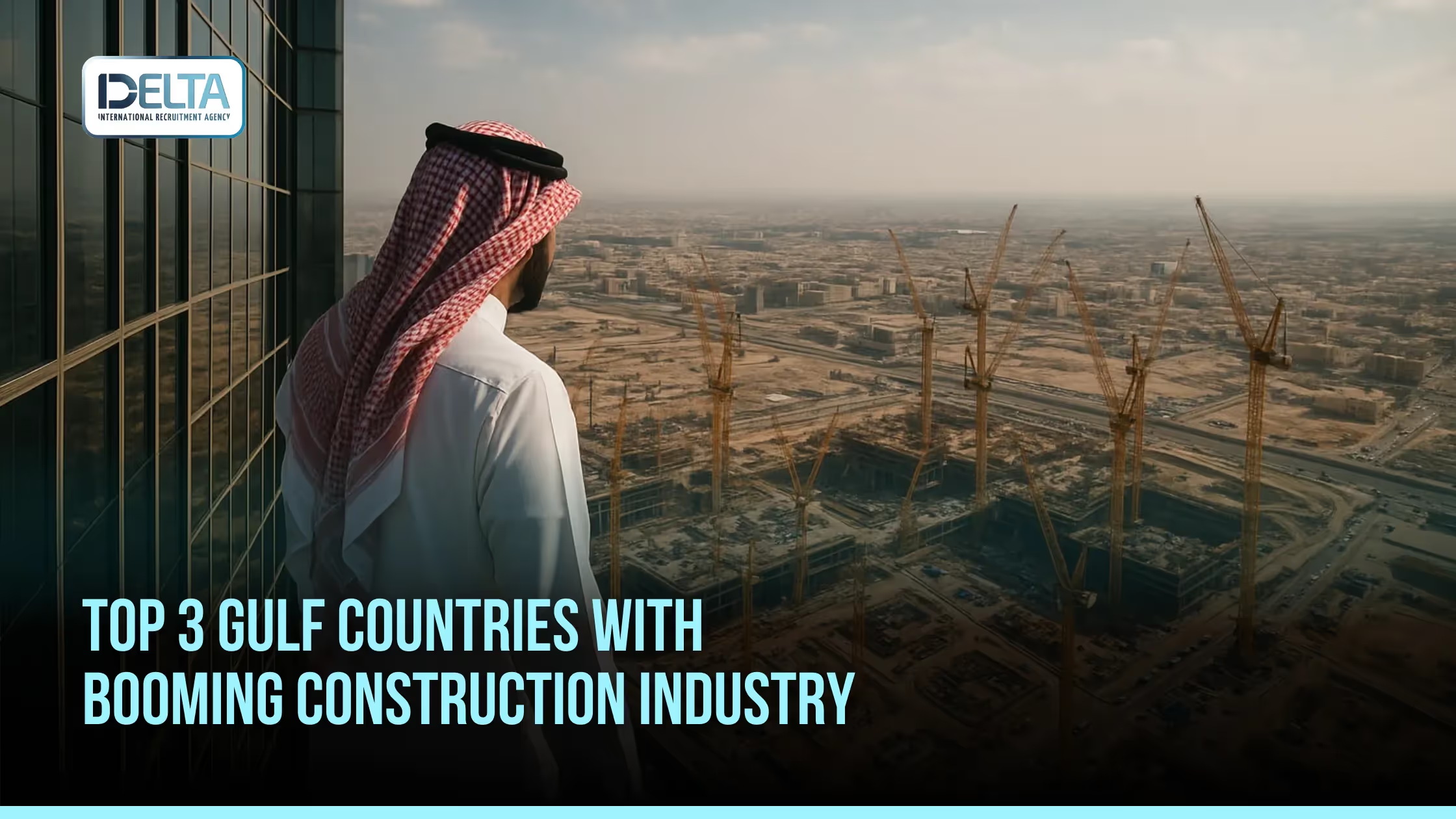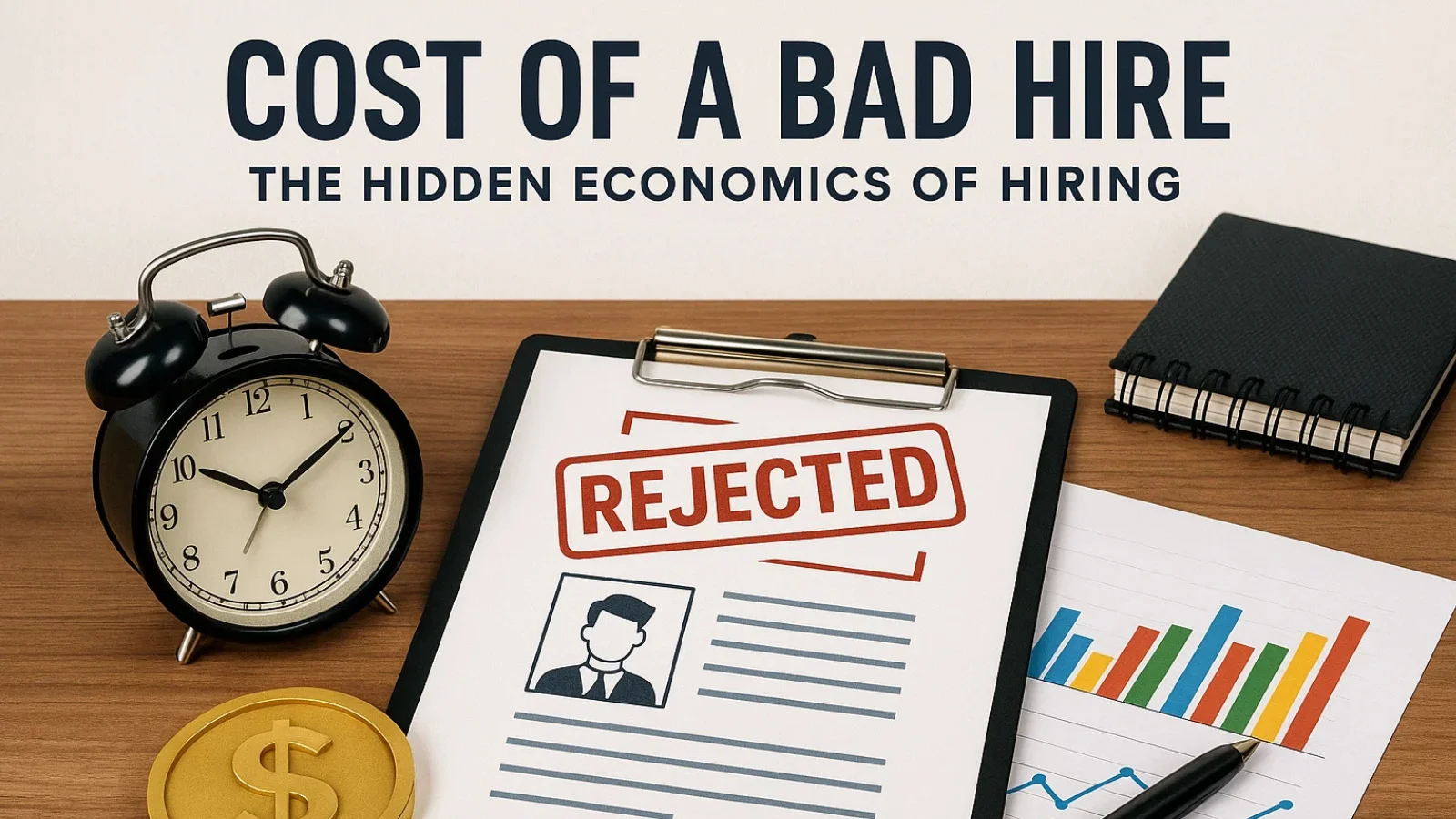The Gulf region’s construction sector is a powerhouse of innovation and ambition, yet it grapples with challenges like labor shortages, rising material costs, and the urgent need for sustainable practices. For investors, developers, and professionals navigating this dynamic landscape, identifying where growth is concentrated—and how to capitalize on it—is critical.
While many articles highlight broad regional trends, this piece zeroes in on the top three Gulf countries with booming construction industries, backed by data-driven insights and actionable strategies. From Saudi Arabia’s megacity visions to Qatar’s post-World Cup infrastructure renaissance, discover how these nations are reshaping skylines, overcoming obstacles, and setting global benchmarks.
1. Saudi Arabia: Leading the Gulf Construction Industry with Vision 2030
Saudi Arabia dominates the Gulf construction sector, with over $1.3 trillion in active projects under its Vision 2030 economic diversification plan. The kingdom’s focus spans smart cities, industrial hubs, and tourism infrastructure, positioning it as the region’s most aggressive investor in construction innovation.
Key Drivers of Growth:
NEOM: A $500 billion futuristic city featuring hyper-connected infrastructure and renewable energy systems.
Riyadh Metro: A $22 billion project set for full operation in 2025, enhancing urban mobility.
Red Sea Global: A luxury tourism initiative with 50 hotels and 1,000 residential units underway.
Market Momentum:
The non-oil construction sector grew by 3.5% in 2024 despite global economic
headwinds, driven by government spending and foreign investment incentives like
the Saudi Green Card residency program. By 2030, the construction market is
projected to exceed $130 billion, fueled by housing demand (11,000+
units in development) and industrial expansions.
Challenges & Solutions:
Labor shortages affect 56% of projects, but Saudi Arabia is countering this
with AI-driven automation and partnerships with global engineering firms.
2. UAE: A Global Hub for Innovative Construction Projects
The UAE’s construction industry, valued at $42.5 billion in 2024, is a magnet for cutting-edge projects. Dubai and Abu Dhabi lead with smart city initiatives, sustainable designs, and record-breaking infrastructure.
Growth Highlights:
Dubai Urban Master Plan 2024: Prioritizes mixed-use developments like Mohammed bin Rashid City, home to the world’s largest mall.
3D Printing Strategy: Aims for 25% of buildings to use 3D printing by 2030, reducing waste and costs.
Expo 2020 Legacy: Catalyzed $8.7 billion in tourism and logistics infrastructure.
Market Forecast:
The UAE commercial construction sector is projected to grow at a 4.7%
CAGR, reaching $56.49 billion by 2030. Government investments
in renewable energy and carbon-neutral policies further bolster this
trajectory.
Addressing Pain Points:
Rising material costs and skilled labor gaps persist, but the UAE is leveraging
AI-powered project management tools and green building certifications to
enhance efficiency and attract ESG-focused investors.
3. Qatar: Building a Legacy Beyond the 2022 FIFA World Cup
Qatar’s construction boom, initially driven by World Cup infrastructure, has evolved into a long-term growth story. The country is now channeling $200+ billion into urban expansions and tech-driven projects.
Strategic Investments:
Lusail City: A $45 billion “city of the future” housing 200,000 residents and hosting the 2023 Asian Games.
Hamad International Airport Expansion: A $1.6 billion project to double passenger capacity by 2030.
Qatar National Vision 2030: Prioritizes healthcare, education, and transport networks, with 40+ major projects underway.
Economic Impact:
Qatar’s construction market grew by 10% annually post-2013,
supported by population growth and diversification into non-oil sectors like
fintech and logistics. Despite post-World Cup slowdown fears, the government
has committed to $24 billion/year in infrastructure spending
through 2030.
Overcoming Obstacles:
To mitigate labor shortages, Qatar is adopting robotics for hazardous tasks and
streamlining supply chains.
Image by Linkedin/ Delta International
What’s Fueling the Gulf Construction Industry Boom?
| Factor | Saudi Arabia | UAE | Qatar |
|---|---|---|---|
| 2025 Market Size | $130 billion | $56.49 billion | $45 billion |
| Key Growth Sectors | Smart cities, energy, tourism | Commercial real estate, renewables | Urban development, transport |
| Sustainability Focus | NEOM’s carbon-neutral design | Dubai’s 3D printing mandate | Lusail’s green certifications |
Common Drivers Across the Gulf:
Government Spending: Saudi’s Vision 2030, UAE’s Projects of the 50, and Qatar’s National Vision allocate billions to construction.
Foreign Investment: Golden Visa programs and tax reforms attract global capital.
Tech Integration: AI, digital twins, and IoT are reducing delays and costs by up to 20% in megaprojects.
Challenges on the Horizon
While the Gulf construction industry thrives, it faces shared hurdles:
Labor Shortages: 56% of firms report skilled worker deficits, pushing wages up by 12–15%.
Material Costs: Steel and cement prices rose 18% in 2024 due to supply chain disruptions.
Sustainability Pressures: Meeting net-zero targets requires retrofitting existing infrastructure, adding 10–25% to project budgets.
Solutions in Play:
AI & Automation: Robots for welding and drones for site inspections improve productivity.
Cross-Border Talent Pools: Saudi Arabia and the UAE are recruiting from Southeast Asia and Africa to fill labor gaps.
The Future of Gulf Construction: Trends to Watch
AI-Driven Design: Generative AI is optimizing building layouts for energy efficiency.
Modular Construction: Prefabricated units cut timelines by 30% in UAE high-rises.
Renewable Energy Integration: Saudi’s NEOM and UAE’s Masdar City are pioneering solar-powered communities.
Conclusion
Saudi Arabia, the UAE, and Qatar are redefining the Gulf construction industry through visionary projects, technological adoption, and sustainable practices. For stakeholders, success lies in aligning with government priorities, leveraging AI tools, and tapping into evolving talent strategies. As these nations build tomorrow’s cities today, their blueprints offer a roadmap for thriving in one of the world’s most dynamic sectors.





























